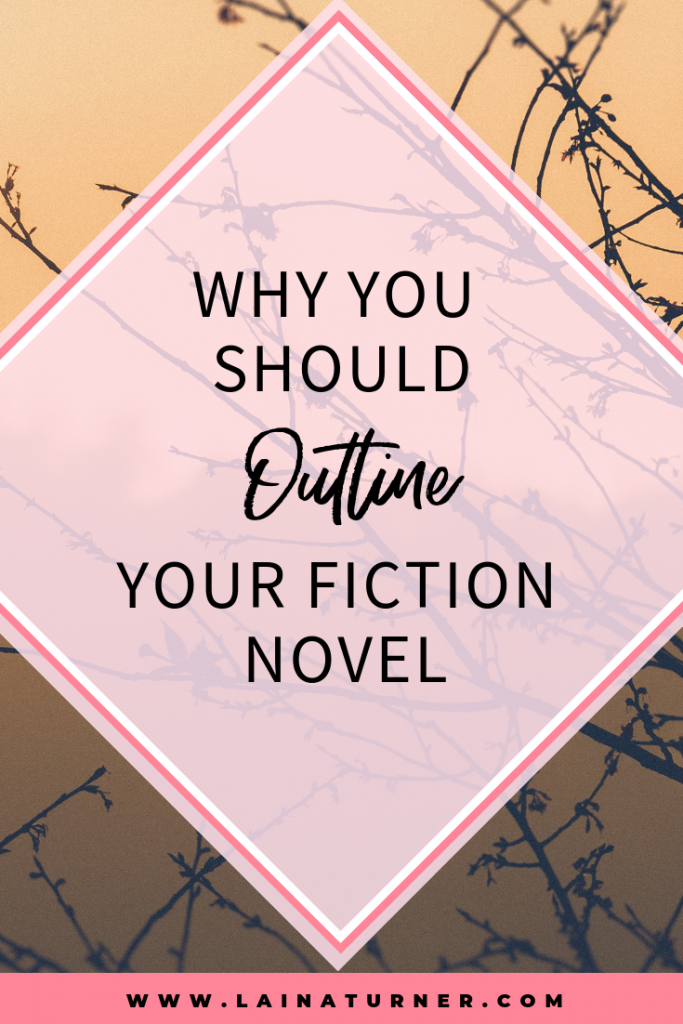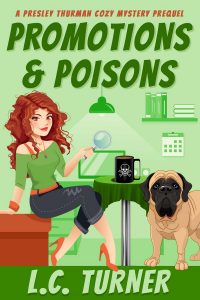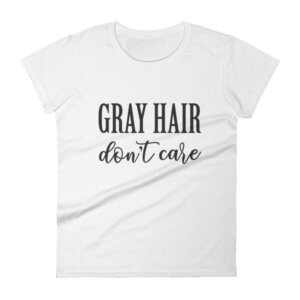Why You Should Outline Your Fiction Novel
A question I often get asked is if it’s better to outline your fiction novel or just have your idea and sit down and write the story.
The answer is yes.
Ok, I know that's not all that helpful. But it's not an easy question because there is no right or wrong answer.
My first piece of advice is to use the process that makes you feel most creative, inspired and motivated to write your story. But I also want to say that you need to outline at some point or the likelihood of getting lost in where your plot is going, and flow of your story is high.

It's very challenging to write 60k plus words without an outline and keep everything straight. It also makes for a much longer editing process as you have to go back and do many rewrites to correct all the mistakes.
Now with that said I admit I am one of those writers whose natural tendency is not to outline my fiction books. When I first started writing, I would have my idea, write my first draft all the way through, and THEN outline. But I finally learned, after years of doing it the hard way, in the end not outlining doesn’t work for me. So even though it's a chore (in my opinion), I force myself to outline.
Why make the switch even though I don't want to? Because it's more efficient and my writing is my business, so I need to be creative AND efficient.
When I don't outline, I do great out of the gate. Plugging along with my mental notes and timeline in my head. I get to the halfway point and then get stuck at what to do about all the middle part, so I skip to the end. I finish the end and am left with a huge hole in the middle that I am at a total about how to fill. Then I screech to a halt staring at the blank page wondering what should go there. Once I figure out, I usually have to change my ending at least a little for the middle to fit, and that ends up in wasted time. And I hate to waste time.
I wrote my first 10 books that way before I wised up. What can I say? I'm stubborn.
I realize there are many legitimate reasons to wing it and not outline and I've used most of them.
- You may feel more creative.
- You only write when inspired (which if you want to make a living at this isn’t the best idea either).
- Outlining stresses you out.
- It makes you feel constrained which slows down the creative process.
But, there are as many reasons you SHOULD outline.
- You’ll have a better idea of where you’re going and where you’ve been.
- Not as dependent on your “creative juices” flowing. You know what you’re going to write from the start. And that's handy if you want to be a pro and show up every day to work.
- Less chance of having plot holes.
- Less chance of inconsistencies that cause you to rewrite a lot of your book.
So, how can you make yourself outline when you’re not used to it?
The best way to start something new or unfamiliar is to start. Which we all know is much easier than it sounds.
I like to keep it simple. There isn't any reason to make anything more complicated than it needs to be.
Most of us writers start with an idea. For me, it’s not always a developed idea. More of a fragment that I then have to create a story around. Which is the best part if you ask me.
Once I have this nugget of an idea I force myself to craft a short paragraph around it. Trying, to sum up the full story in a few sentences. Not easy when I don’t know the full story, but it does force me to put some organization around my idea. I take my time on this part to create a strong summary that I can use to jumpstart my outlining process.
As much as I sometimes dislike this exercise, I make myself do it because it’s useful. I can sit for hours trying to write other elements in with my fragment of an idea to come up with a basic story premise. I toss most of my ideas away but eventually something sticks. Now it might not end up being where my story goes, but it’s something. Something I can start my outline with.
The next step is to take this short blurb and turn it into my outline that will become a 60k plus book.
I start with a simple formula in my head. 60,000 words, divided by 2500 word chapters equals 24 chapters.
Now, none of my books have ever finished meeting that exact formula, but it gives me a place to start.
I grab a new notebook (any of you who’ve read my blogs know I have a bit of an obsession with office supplies), and I write out numbers vertically from 1 to 50.
Using my blurb, I start to plot out my ideas. The goal here is to get as many ideas related to the blurb as I can. I shoot for double the number of chapters because while I do write in a way that one chapter typically equals one scene, I need a lot of extra ideas to make up for all the ones I eventually deem stupid and toss out.
These ideas will include my main overarching storyline and all the subplots. I then set that aside and start brainstorming about the characters who will carry out all these great scene ideas.
I don’t get hung up on names I just write down brief descriptions so I know who is who and can go back and fill in the details later. This first pass on my outline is about the ideas and the flow. I don't want to get bogged down with the details.
Once I list out all the characters, I can think of to make this story work I go back and start filling in the blanks. It is much easier to insert characters into your story when you start to write it when you know the details about them. It can stop your creative mojo when you get distracted trying to decide what color hair the person should have or their mannerisms. I want these details ready to slip right into the action.
Now, this is where I go off the rails a bit. I can only force myself to outline so much. When I start my first draft, I don’t always go in a linear fashion. I write by time, not word count. Sometimes I skip around to different topics because I’m at a loss with an idea and don’t know how to proceed. This works for me in regards to writer's block because I don’t obsess over one idea, or lack thereof, for too long. I don’t want to sit and waste the valuable time I have in staring at my screen. But I caution you that I wouldn't recommend this as it can also through you off and cause more editing, but for me, it's how I stay writing consistently. It's a compromise I make with myself when I force the initial outline.
Like anything else, you have to work to change a behavior and learn a new skill. And you do have to use the method that works best for you.
So go! GO WRITE!


